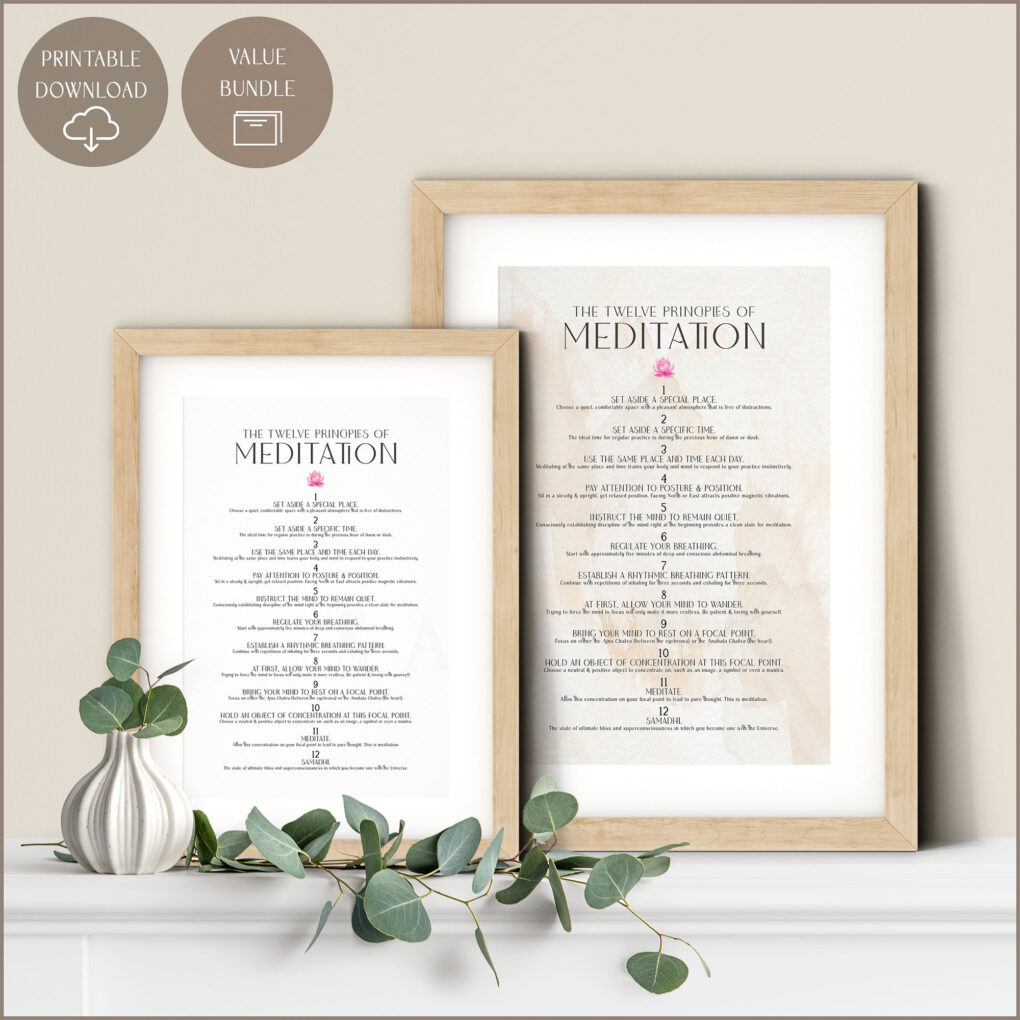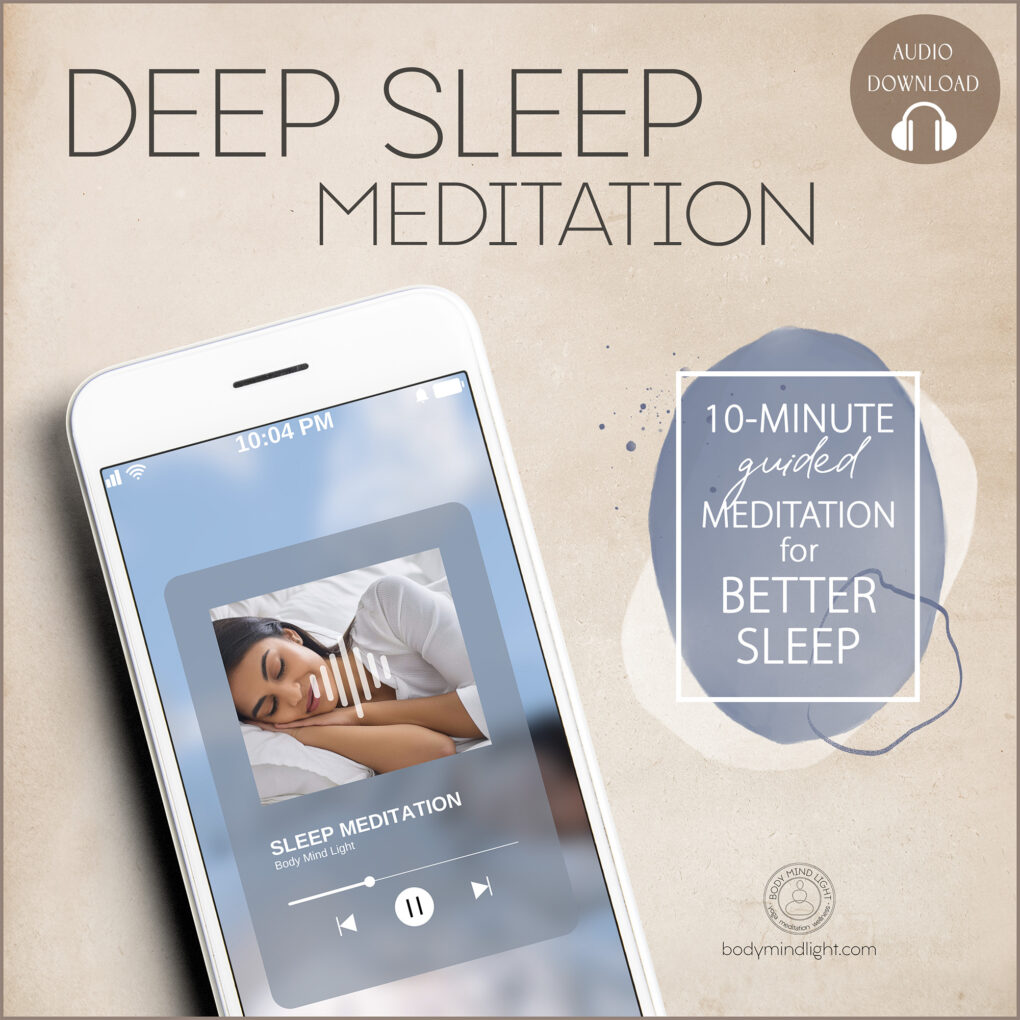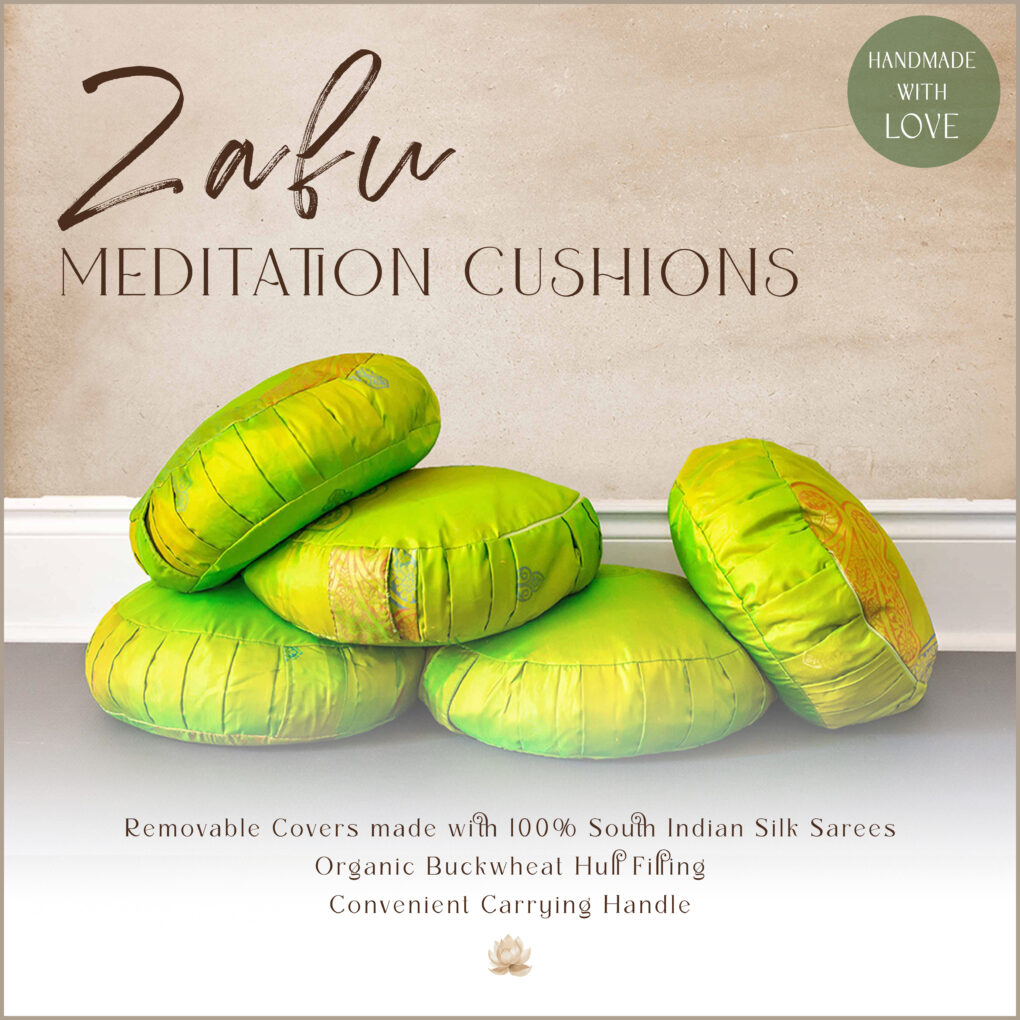The Twelve Principles of Meditation

Meditation is the experience of stilling the mind and taming the waves of thought to discover the true self underneath. The secret lies in the Twelve Principles of Meditation outlined in the Sivananda school of classical Hatha Yoga.
Most people seek peace and happiness from external objects, such as a job, material possessions or even other people. Yoga teaches us to draw upon the well of contentment and tranquility that exists within ourselves. By training your mind to focus and concentrate, you learn to depend on the peace within so that external influences have less of an effect.
Every person has the ability to focus and concentrate. Meditation, however, is much more than just concentration. It is a focused awareness. Sivananda texts simplify it as: “During concentration, one keeps a tight rein on the mind; during meditation the rein is no longer necessary for the mind stays of its own accord on one single thought wave.”
“The wise, realizing through meditation the timeless Self,
Beyond all perception, hidden in the cave of the heart,
Leave pain and pleasure far behind.
Those who know they are neither body nor mind but the immemorial Self,
The divine principle of existence,
Find the source of all joy and live in joy abiding.”
— Katha Upanishad
The Twelve Principles of Meditation
With easy instructions, the Twelve Principles explain the different steps and stages involved in practice. It is important to make meditation a regular habit and to engage in it with feelings of joy and devotion. Initially, it is done for twenty minutes at a time, gradually increasing to one hour.
1. Set aside a special place.
Whether it is outdoors or indoors, choose a place with a pleasant atmosphere that is free of distractions. An uncluttered area decorated with items that calm the senses, such as incense, bamboo, mandalas or mild scented oils, can help make the place sacred and unique. Because the state of meditation exudes powerful vibrations, repeated practice in this space will eventually fill it with the right energy.
2. Set Aside a specific time.
Meditation can be done anytime and anywhere, but it is important to choose a time when the mind is free of everyday concerns and there are no disturbances. The ideal time for regular practice is during the precious hour of dawn or dusk, when the atmosphere is flooded with soothing light and abundant with serene spiritual energy.
3. Use the same time and place each day.
Just like the body becomes accustomed to sleeping or eating at specific times, meditating at the same place and time each day trains the body and mind to switch off and respond to stillness comfortably and quickly. Once the practice becomes a habit, you’ll find yourself seeking meditation instinctively.
4. Pay attention to posture and position.
Be seated in a steady and upright, yet relaxed position, ensuring that there is no tension in stress areas such as the forehead, jaw or shoulders. The line of the spine, neck and head should be lengthened, tall and straight. Facing the North or East attracts the Earth’s most positive magnetic vibrations.
5. Instruct the mind to remain quiet.
Consciously establishing discipline of the mind right at the beginning provides a clean slate in preparation for the meditation session. Avoid being overly concerned with what is currently happening, reminiscing about past events or dwelling upon what is going to take place in the future.
6. Regulate your breathing.
Start with approximately five minutes of deep and conscious abdominal breathing that brings fresh oxygen to the brain and aids in concentration. Then begin to slow the breathing down.
7. Establish a rhythmic breathing pattern.
Continue repetitions of inhaling for three seconds and exhaling for three seconds. This pattern of rhythmic breathing controls the flow of prana, or vital energy, and helps to still the mind.
8. At first, allow your mind to wander.
Trying to force the mind to focus will only make it more restless and create more thoughts. Being patient and loving with yourself, on the other hand, means knowing without a doubt that the mind will eventually settle into a place of stillness.
9. Bring your mind to rest on a focal point.
Focus upon either the Ajna Chakra, the point between the eyebrows; or the Anahata Chakra, in the region of the heart. Practitioners who tend to be more on the intellectual side may gravitate toward the Ajna Chakra, whereas the more emotional person may prefer the Anahata Chakra. (Learn more about chakras here.)
10. Hold an object of concentration at this focal point.
Choose a neutral and positive object to concentrate on. This can be an image, a mandala, a symbol or even a mantra, such as “Om,” that is mentally repeated in rhythm with the breath. Visualize that object in the chosen chakra and hold your concentration on it.
11. Meditate.
While still conscious of being separate from the object of concentration, allow the vibrations of focused thought or repetitions of sound created by this constant state of focus to lead to pure thought. This is meditation.
12. Samadhi.
This is the state of ultimate bliss, superconsciousness, or enlightenment in which the practitioner no longer identifies herself/himself as separate from any symbols or mantra, but becomes one with the universe. Reaching samadhi takes time, practice and devotion.




Dear Andrea
Thank you very much for your fantastic website. It is amazing that you show people where to start and what steps to take towards their healthy living, mindfulness and positive mindset. I hope more people will know about your website and follow your guidance.
Kind regards,
Andrey
Thank you Andrey! I’m glad that you appreciate it!
Until a couple of years ago I had convinced myself meditation was not for me. And once I was able to get rid of such a limiting belief, I loved it. There are a couple of new things for me in your list of principles. For instance #8 and #10. It’s always great to read about something I didn’t know before, so thank you for that.
Also, it’s nice to be confirmed in what I already do, like principle 3 and 4.
Thanks Andrea.
You’re welcome Hannie. Happy practicing!
Hi Andrea,
I’ll openly admit that I still struggle with meditation, but it is something that has now become a part of my daily life.
I guess my journey with meditation started back in January 2018 (so, I’m still a novice in terms of time), and I’ve had some struggles, but occasionally some beautifully peaceful and insightful times.
I gave up on using apps and guided meditations some time last year, as for me complete silence was the most important factor.
Just running through your twelve principles I seem have most of them covered – I meditate first thing upon awakening (and I wake up at the same time every day).
I’m always in the same place and I appreciate the importance of proper body alignment.
I focus on an inhale of 3 seconds, hold my breath for 4 seconds, and exhale for 5 seconds.
This seems to keep me concentrated and grounded and I’m definitely getting better with the wandering mind.
However, I love the idea of a focal point. I think this is definitely what’s missing from my current practice. I think the Anahata chakra is more appealing to me, as a focus on the heart just seems more beautiful.
Thank you Andrea I thoroughly enjoyed reading this.
Partha
Thanks for the feedback Partha. I’m happy that this article was able to enhance your own practice. 🙂
Hi Andrea,
I sometimes meditate, and it always calms my mind and makes a beautiful start of the day. I have not been consistent with my meditations, though, and I like to be more consistent. I have two beautiful spots outside where I can meditate. I need to start doing it again soon and make it a habit.
Please do! Take advantage of those ideal locations you have outside and make them into your own personal retreat.
Here’s an excerpt from The Upanishads that may inspire you:
“In a clean, level spot, free from pebbles, fire, and gravel,
By the sound of water and other propinquities
Favourable to thought, not offensive to the eye,
In a hidden retreat protected from the wind, one should practice yoga.”
Hi Andrea, I have to admit I have never really meditated but a friend of mine recommended trying it out as I have a very busy lifestyle. I didn’t know where to start but this article is very straightforward and I love how you have broken the principle down into bite size sections that are really easy to understand as a newbie. I feel ready to give it a go now. Thank you!
Yay, I’m glad that this has provided a starting point for you Maddie.
Happy practicing!
Andrea,
What a great article. I’ve actually been wanting to meditate more to help relieve stress, especially with my children here doing homeschooling. I’m sooo ready for school to be back in session and in person.
I find that I have to raise my voice often at my kids, like today, remind them to sit up straight, not look like they’re about to go to sleep with pillows and blankets and everything else covering them up. Ugh.
I will definitely be coming back to your article on how to meditate, and help relieve this inner dilemma I’ve been facing since school started back in session.
Thanks for sharing this! Love it!
Katrina
We all get stressed out, even with our dearest loved ones, Katrina. That’s what makes us human.
But only an evolved individual is able to recognize it and see areas where we can put these practices to use. So bravo!
I hope these principles will guide you along in your journey to inner peace and serenity!
Andrea,
Thank you for this great article.
I now have a great template to refer upon to help get my meditations started.
Sincerely,
Giuseppe
ps: Your website has so many great articles, I love it!
Thank you for your support Giuseppe, as always!❤️